From segmentation and targeting to customer community confirmation
Customarily, promoting consistently begins with division — an act of separating the market into homogenous gatherings in view of their geographic, segment, psychographic, and social profiles. The division is commonly trailed by focusing on — an act of choosing at least one section that a brand is resolved to seek after in light of their engaging quality and fit with the brand. Division and focusing are both key parts of a brand’s procedure. They take into account effective asset assignment and more honed situating. They likewise assist advertisers with serving various fragments, each with separate contributions.
Be that as it may, division and focusing on likewise represent the upward connection between a brand and its clients, similar to tracker and prey. Division and focusing on are one-sided choices made by advertisers without the assent of their clients. Advertisers decide the factors that characterize the sections. The association of clients is restricted to their contributions to statistical surveying, which generally go before division and focus on works out. Being “targets,” clients frequently feel meddled with and irritated by superfluous messages pointed toward them. Many believe one-way messages from brands to be spam.
By having innumerable logo transformations, MTV and Google stay strong yet adaptable as brands
In the advanced economy, clients are socially associated with each other in even snare of networks. Today, people groups are the new portions. Not at all like sections, networks are normally framed by clients inside the limits that they personally characterize. Client people groups are invulnerable to spamming and superfluous promoting. As a matter of fact, they will dismiss an organization’s endeavor to drive its direction into these snare of relationships.
To successfully draw in a local area of clients, brands should request consent. Authorization promoting, presented by Seth Godin, spins around this thought of requesting clients’ agreement preceding conveying advertising messages. Nonetheless, while requesting authorization, brands should go about as companions with true cravings to help, not trackers with a snare. Like the instrument on Facebook, clients will have the choice to by the same token “affirm” or “overlook” the companion demands. This exhibits the level of connection between brands and clients. Nonetheless, organizations might keep on utilizing division, focusing on, and situating for however long it is made straightforward to clients.
From brand positioning and differentiation to brand clarification of characters and codes
In a traditional sense, a brand is a set of images—most often a name, a logo, and a tagline—that distinguishes a company’s product or service offering from its competitors. It also serves as a reservoir that stores all the value generated by the company’s brand campaigns. In recent years, a brand has also become the representation of the overall customer experience that a company delivers to its customers. Therefore, a brand may serve as a platform for a company’s strategy since any activities that the company engages in will be associated with the brand.
The concept of the brand is closely linked with brand positioning. Since the 1980s, brand positioning has been recognized as the battle for the customer’s mind. To establish strong equity, a brand must have a clear and consistent positioning as well as an authentic set of differences to support the positioning. Brand positioning is essentially a compelling promise that marketers convey to win the customers’ minds and hearts. To exhibit true brand integrity and win customers’ trust, marketers must fulfill this promise with a solid and concrete differentiation through their marketing mix.
In the digital economy, customers are now facilitated and empowered to evaluate and even scrutinize any company’s brand-positioning promise. With this transparency (due to the rise of social media) brands can no longer make false, unverifiable promises. Companies can position themselves as anything, but unless there is essentially a community-driven consensus the positioning amounts to nothing more than corporate posturing.
Today, consistently communicating brand identity and positioning in a repetitive manner—a key success factor in traditional marketing—may no longer be enough. With disruptive technologies, shorter product life cycles, and rapidly changing trends, a brand must be dynamic enough to behave in certain ways in certain situations. What should remain consistent, however, are the brand characters and codes. The character is the brand’s raison d’être, its authentic reason for being. When the core of the brand remains true to its roots, the outer imagery can be flexible. Think of it this way: by having countless logo adaptations—Google calls them doodles—MTV and Google remain solid yet flexible as brands.
From selling the ‘four P’s’ to commercializing the ‘four C’s’
The promoting blend is an exemplary instrument to assist with arranging what to offer and how to propose to the clients. Basically, there are four P’s: item, value, spot, and advancement. Item is in many cases created in view of client’s requirements and needs, caught through statistical surveying. Organizations control most item choices from origination to creation. To lay out a selling cost for the item, organizations utilize a mix of cost-based, contest-based, and client esteem-based evaluating techniques. Clients’ eagerness to pay, assessed in shopper esteem-based estimating, is the main info that clients have regarding valuing.
When organizations choose what to offer (item and cost), they need to choose how to offer (spot and advancement). Organizations need to figure out where to disperse the item with the target of making it helpfully accessible and open to clients. Organizations likewise need to convey the data about the item to the interest group through different strategies like publicizing, advertising, and deal advancements. Whenever the four P’s of the showcasing blend are ideally planned and adjusted, selling turns out to be less difficult as clients are drawn to the incentives.
In an associated world, the idea of promoting blend has developed to oblige more client cooperation. Showcasing blend (the four P’s) ought to be reclassified as the four C’s (co-creation, money, shared initiation, and discussion).
In the advanced economy, co-creation is the new item improvement system. Through co-creation and including clients from the get-go in the ideation stage, organizations can further develop the achievement pace of new item improvement. Co-creation likewise permits clients to redo and customize items and administrations, accordingly making unrivaled incentives.
The idea of evaluating is additionally advancing in the computerized period from normalized to dynamic estimating. Dynamic estimating — setting adaptable costs in view of market interest and limit usage — isn’t new in certain ventures like friendliness and aircraft. In any case, headway in innovation has carried the training to different businesses. Online retailers, for example, gather a huge measure of information, which permits them to perform enormous information examinations and thusly to offer a one-of-a-kind estimate for every client. With dynamic valuing, organizations can advance productivity by charging various clients diversely founded on verifiable buy designs, nearness to store areas, and other client profile viewpoints. In the advanced economy, the cost is like money, which vacillates relying upon market interest.
The idea of a channel is likewise evolving. In the sharing economy, the most powerful conveyance idea is shared circulation. Players like Airbnb, Uber, Zipcar, and Loaning Club are disturbing the lodging, taxi, auto rental, and banking businesses, individually. They give clients simple admittance to the items and administrations not possessed by them yet by different clients. The ascent of three-dimensional printing will prod this shared circulation much more soon. Envision clients needing an item and in no time flat getting the item imprinted before them. In an associated world, clients request admittance to items and administrations in a flash, which must be presented with their companions in closeness. This is the quintessence of collective actuation.
With an associated promoting blend – the four C’s – organizations have a high probability of making due in the advanced economy
The idea of advancement has likewise developed as of late. Customarily, advancement has forever been an uneven undertaking, with organizations sending messages to clients in crowds. Today, the multiplication of web-based entertainment empowers clients to answer those messages. It likewise permits clients to speak about the messages with different clients. The ascent of client rating frameworks, for example, TripAdvisor and Howl give a stage to clients to have discussions about and offer assessments of brands they have interfaced with.
With an associated showcasing blend (the four C’s) organizations have a high probability of making due in the computerized economy. Be that as it may, the worldview of offering needs to change also. Customarily, clients are uninvolved objects of selling strategies. In an associated world, the thought is to have the two sides effectively get business esteem. With expanded client support, organizations are drawing in clients for straightforward commercialization.
From customer service processes to collaborative customer care
Before buying, clients are treated as targets. When they choose to purchase, they are viewed as lords from a conventional client support viewpoint. Moving to the client care approach, organizations view clients as equivalents. Rather than serving clients, an organization shows its certifiable worry for the client by tuning in, answering, and reliably finishing terms directed by both the organization and the client.
In customary client support, faculty are liable for performing explicit jobs and cycles as persevere rules and standard working techniques. This present circumstance frequently places administration faculty in a problem over clashing goals. In an associated world, the joint effort is the way to client care achievement. Joint effort happens when organizations welcome clients to partake in the process by utilizing self-administration offices.



